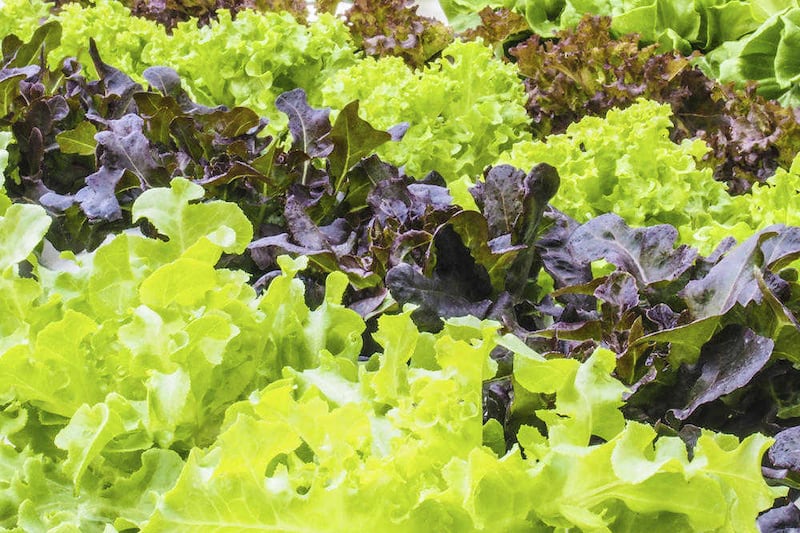I’VE often remarked on the distinction in gardening between the edible and the ornamental. The former is about function, the latter about form. But these two categories are not mutually exclusive. In the case of nasturtiums, lavender and rose petals, for example, the ornamental can be eaten, while edibles with an eye-catching side to their character include runner beans, globe artichokes and fennel.
For me, a well-kept vegetable patch or allotment has an appeal that is often the equal of the finest ornamental garden, though the drawback with the former is that the plants must be harvested rather than left until season end. Notably, when it comes to the edible garden, I like things regimented and formal, whereas my favourite ornamental gardens are in the Robinsonian tradition (after Irish gardener designer and journalist William Robinson) – the wilder looking the better.
But tidy rows and symmetry in the vegetable garden are there for good reason and not because of a peculiar desire to draw straight lines and symmetry in nature. When it comes to vegetable gardening, organisation and formality are vital to ensure a plant is harvested in its prime. Straight rows will maximise space, allow you to weed easily with a hoe and help keep track of where seeds have already been sown.
Two easy-to-grow edibles I’d recommend for adding a splash of colour and a hint of sophistication to your veg patch are Swiss chard and purple lettuces. Mono-coloured chard varieties are good in their own right and as tasty as any beat you’ll find.
Red chard, 'White Silver 2' and the pale green 'Lady Lucullus' have been used in many an award-winning ornamental/edible crossover show garden; however, it is the varicoloured 'Bright Lights', with its yellow, red, green and purple stems that usually steals the show.
Unfussy, reliable and long lasting, Swiss chard is happy in any reasonably fertile soil and can be sown direct at this time of year and harvested from July onwards through to the autumn, and sometimes beyond.
In my experience any reputation lettuce has for being fussy and difficult is unwarranted, though in comparison to chard its leaves are tender. Young lettuce are vulnerable to slugs, snails and rabbits, so the textbook recommends starting the seeds off in trays then transplanting.
If this sounds too much hassle sow direct and if really worried apply an organic nematode pest control solution (sold online as Nemaslug). The tiny worm-like creatures contained in the solution enjoy feasting on slugs as much as slugs like munching tender lettuce leaves.
You can use copper tape on your beds or pots to deter snails and slugs, while a cheaper solution is to create a defensive barrier with scrunched eggshells and used coffee grinds.
A tasty and attractive coloured lettuce variety is ‘Lolla Rossa – Assor’, which has frilly edged, cherry red leaves with a bright green heart and delivers a good yield. ‘Pandero’ is similar in size to ‘Little Gem’ but deep red and sweeter to taste. For your palate’s sake and for presentation purposes (both in your beds and on the plate) you should grow different varieties and different colours of lettuce – despite what the uninitiated might say, all lettuces do not look the same. Like chard, any fertile, moisture-retentive soil will give returns.
Crops are best sown in succession so you get a constant supply, with direct sowings from May onwards possible if you’re vigilant. Choose too sunny a spot and the lettuce may bolt in hot, dry weather. If you have an area that doesn’t enjoy full sun, experiment with lettuce, which is more tolerant than most kitchen crops of semi-shade.


